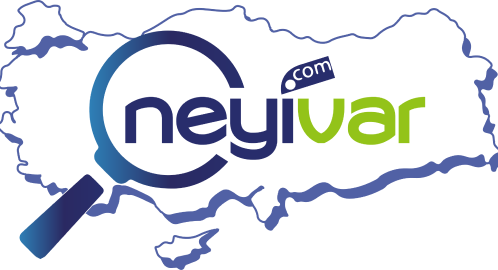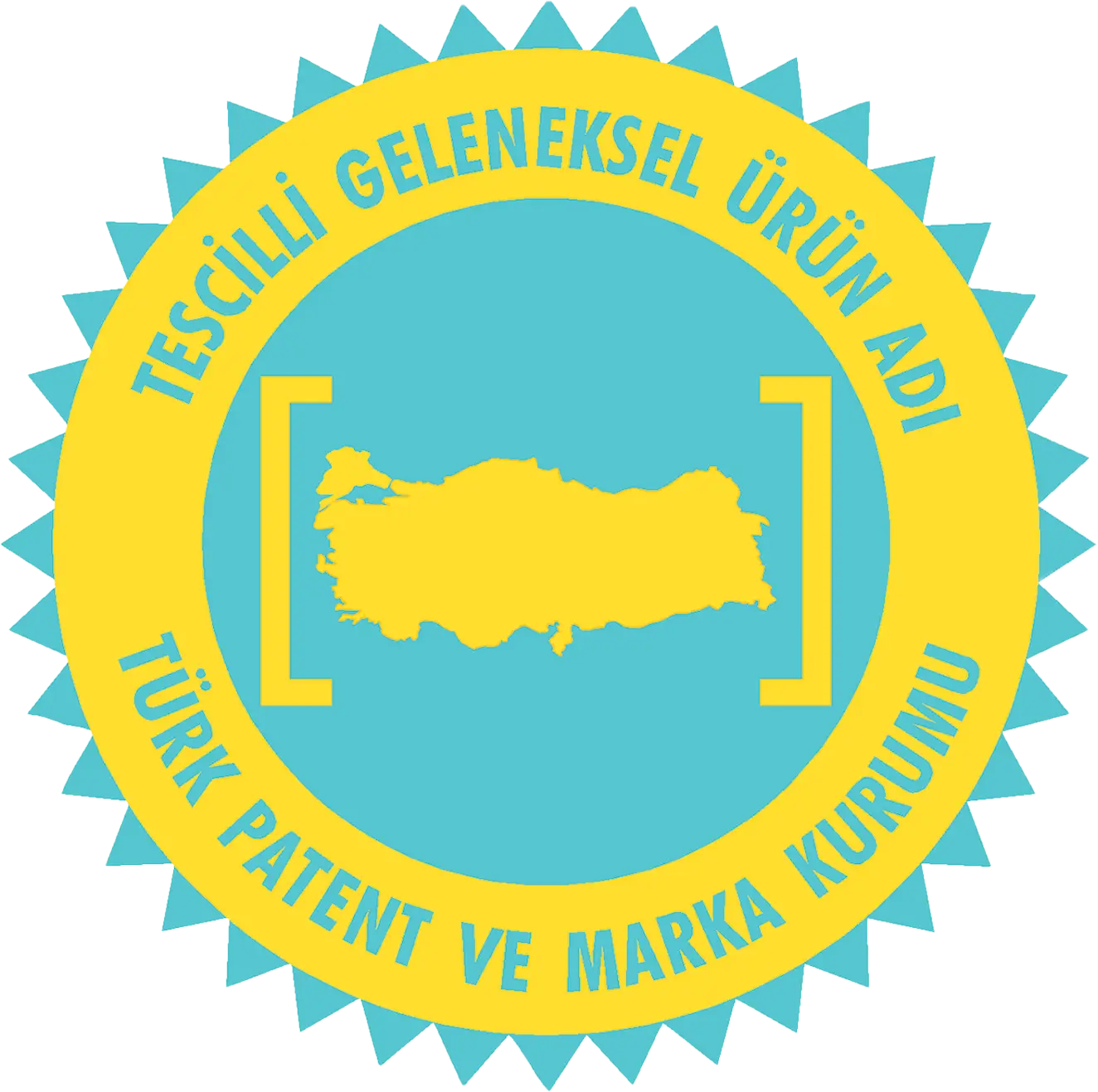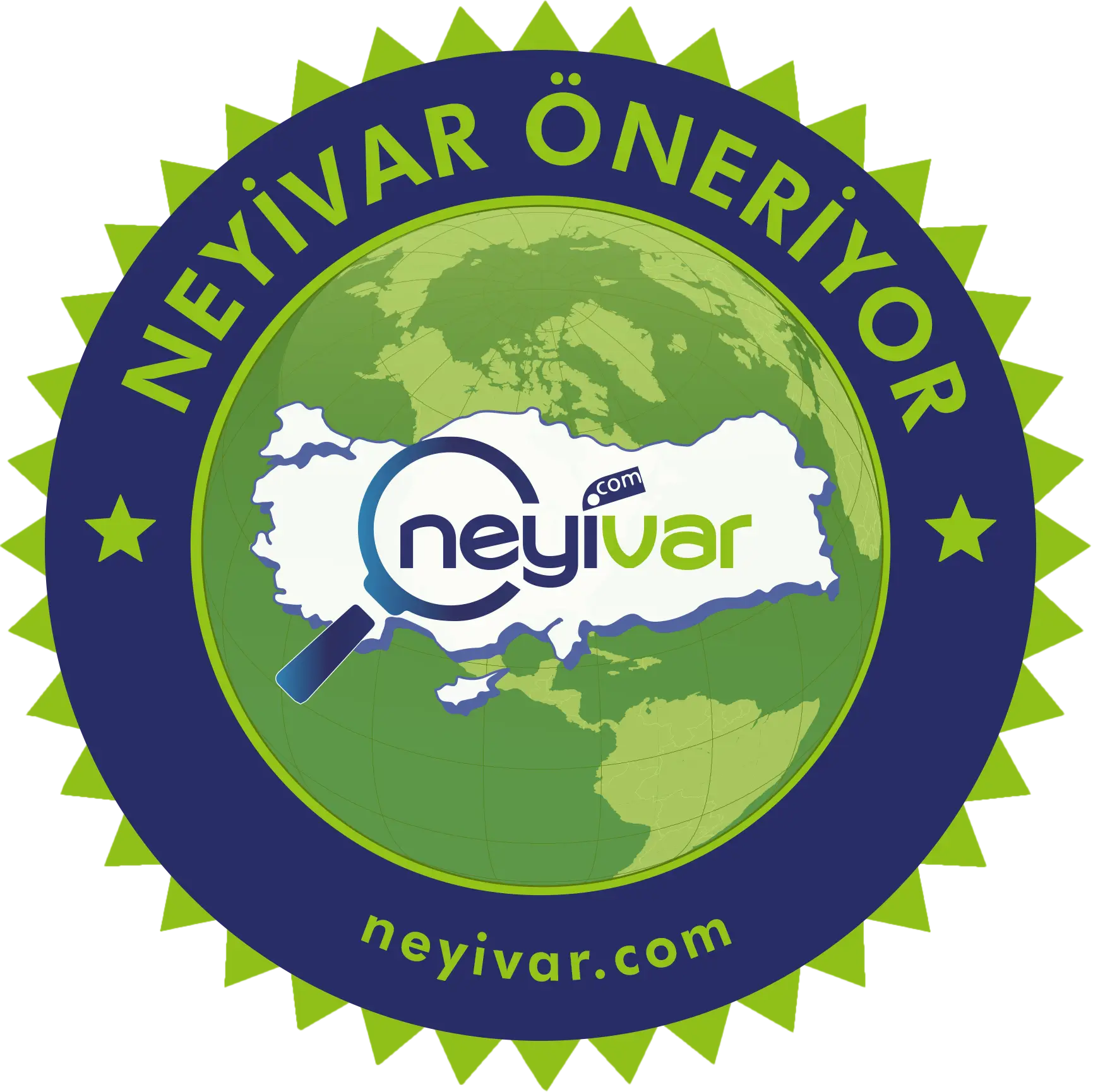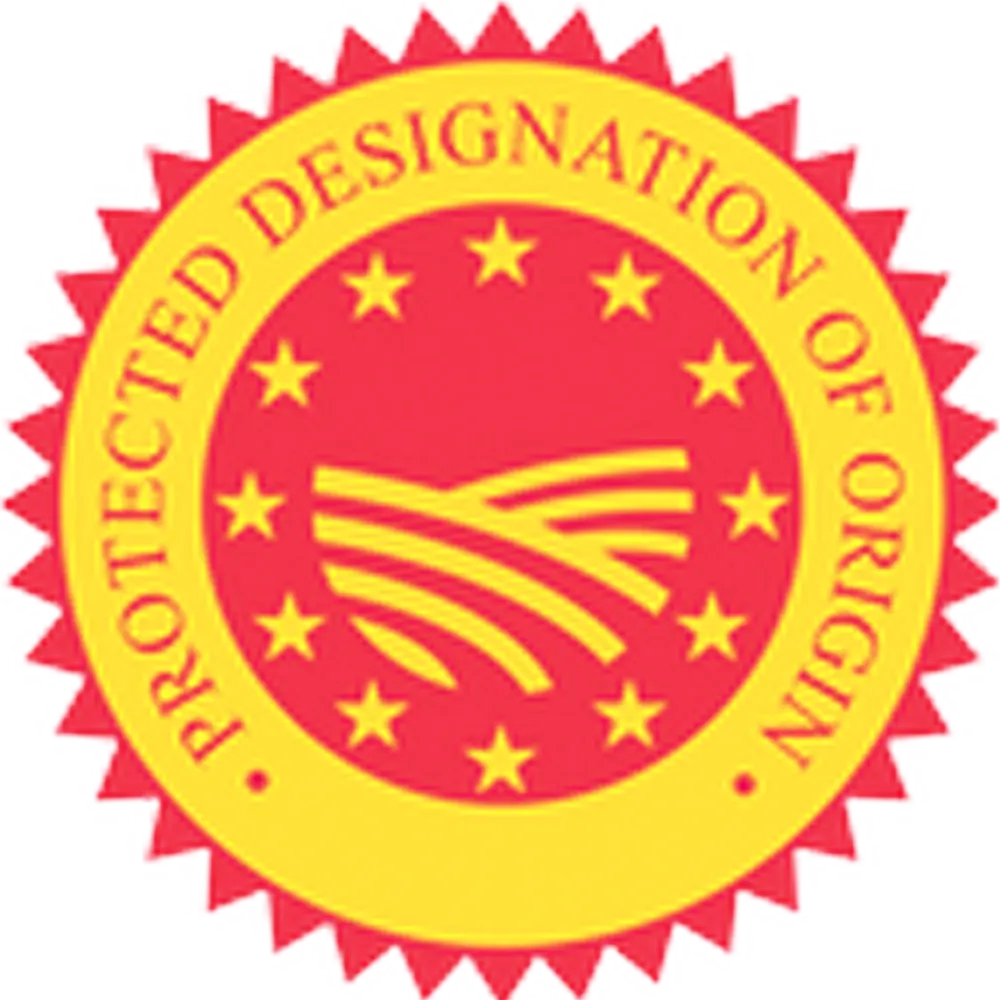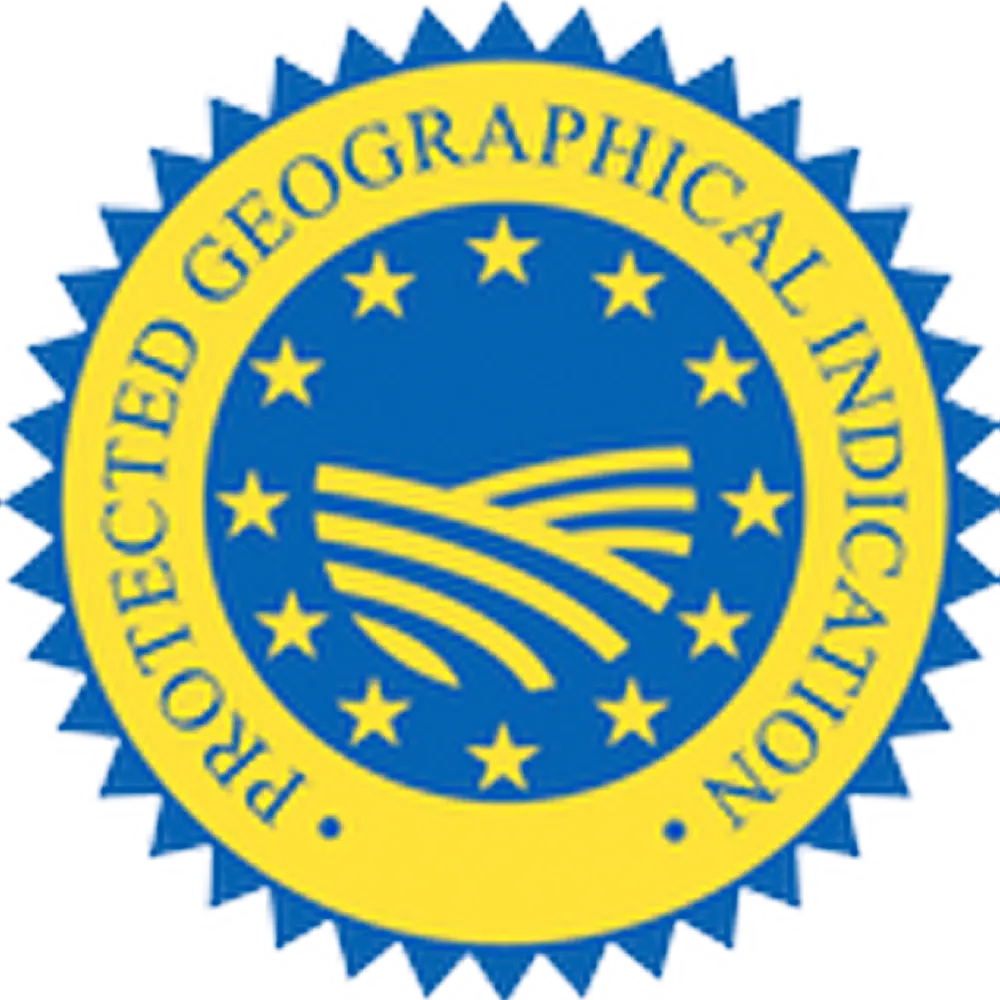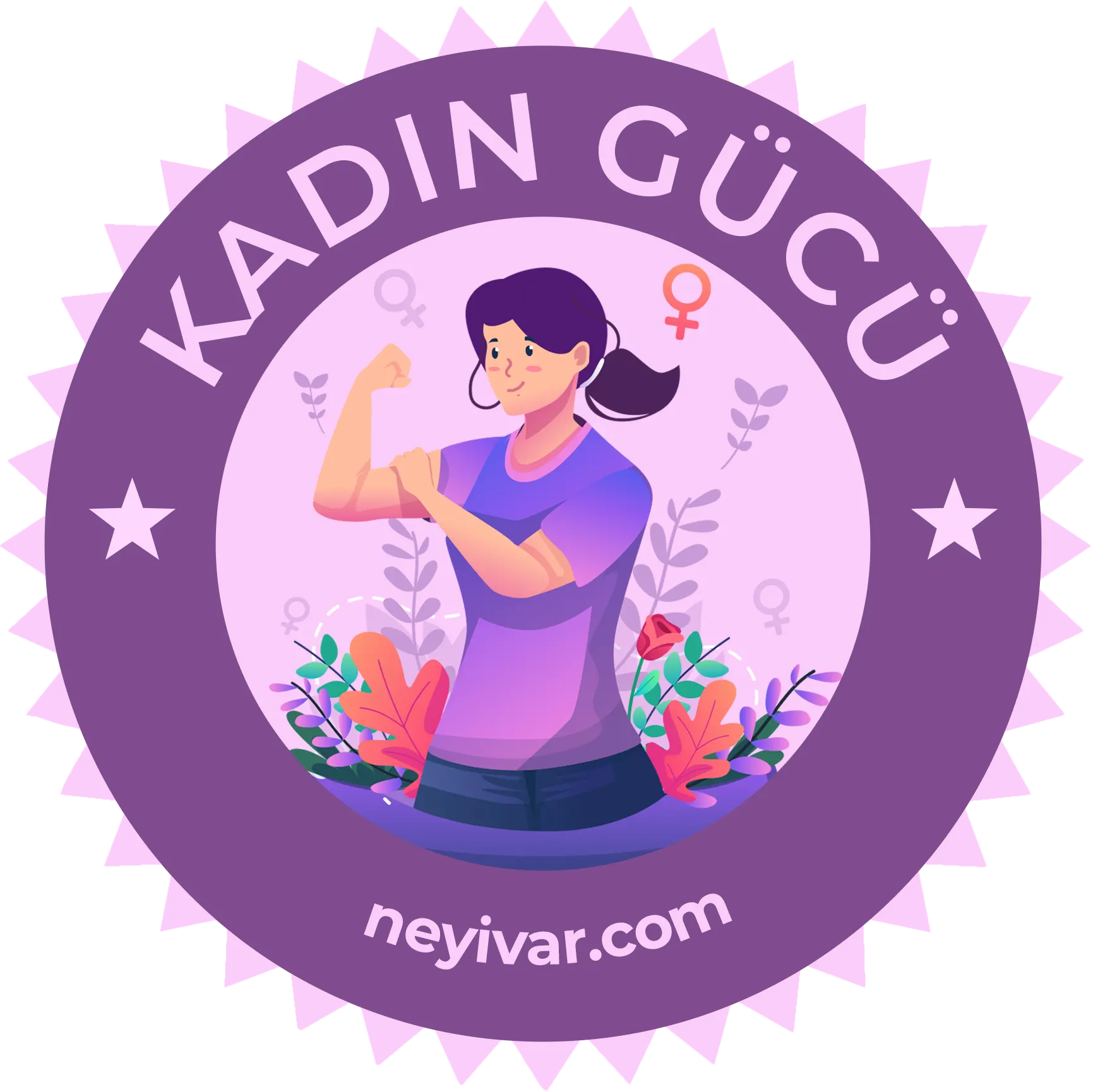Antep Kutnu Fabric Protected Geographical Indication
Monday, July 4, 2022
No: 199 – Protected Geographical Indication (PGI)
ANTEP KUTNU FABRIC
Registrant
GAZIANTEP DEVELOPMENT FOUNDATION
This geographical indication was announced in the Official Gazette dated 15.11.2015 and numbered 29533. It has been registered to be valid from 19.01.2015 in accordance with Article 12 of the Decree-Law on the Protection of Geographical Indications No. 555.
Registration No : 199
Registration Date : 19.01.2015
Application No : C2015/009
Application Date : 19.01.2015
Name of Geographical Indication : Antep Kutnu Fabric
Product Name : Fabric
Type of Geographical Indication : Protected Geographical Indication (PGI)
Registrant : Gaziantep Development Foundation
Address of the Registrant : İncilipınar Mah. 36004 Nolu Cad. No:6 Şehitkamil Gaziantep
Geographical Boundary : Gaziantep
Usage Format : Labeling
Product Description and Distinctive Features:
Antep Kutnu Fabric is a kind of atlas fabric produced and used in Gaziantep for centuries, usually woven with warp satin or plain weave, and demonstrating striped patterns. The warp is fine silk, the weft is cotton and silk mixed, mostly a multi-striped fabric. Over time, artificial silk (floss) yarn has been used for its warp and cotton yarn has been used for its weft.
Depending on the weft density and warp of the fabric:
∙ Fabrics with warp fibre count between 4000-5000 and satin weave are "kutnu fabrics",
∙ Fabrics with warp fibre count between 3000-4000, plain weave and straight-striped tie-dye batik motifs are "meydaniye kutnu fabrics",
∙ Patterned fabrics with warp fibre count between 2000-3000, plain weave, straight stripes and tie-dye batik technique, are called “alaca kutnu fabrics”.
Kutnu fabric has the following types according to the widths, colors and patterns of the longitudinal stripes formed by the colored warps:
Hindiye Kutnu Kemha Kutnu Mercan Kutnu Şahiye Kutnu Kerasi Kutnu Vişneli Furş | Çiçekli Furş Çiçekli Kırmızılı Furş Çiçekli Şahiye Çingene Furş Bayraklı Mecidiye | Çiçekli Mecidiye Düz Mecidiye Sultan Yeşil İnci Zefir Sarı Meydaniye | İnce Kalem Meydaniye Müflüs Kemha Şaliye Eli Şalşapik Elvanlı Kutnu |
Additionally, the following types of Antep Kutnu Fabric are formed according to the patterns formed when the warp yarn is colored with the tie-dye technique.
Sedefli Bağlama Kutnu Beyaz Taş Kutnu Bağlamalı Furş Kutnu Bağlamalı Sarı Tas Beyaz Tas | Zincirli Kutnu Sarı TaşKutnu Mehtap Kutnu Bağlamalı Sedefli | Vişneli Darıca Kutnu Bağlamalı Darıca Bağlamalı Mehtap Bağlamalı Zencirli |
There are several other kutnu fabrics produced with the same production technique with different names not mentioned above.
Features of Antep Kutnu Fabric:
- In the past, fine silk was used in the vertical yarn called warp; and now, artificial silk (floss) yarn with 100, 120, 150 denier numbers is used.
- In horizontal yarn called weft, 20/NE two layers of cotton yarn are used.
- Natural tragacanth zamp resin obtained from apricot tree is used as the raw material for sizing.
- It consists of longitudinal striped patterns formed by colored warps. The widths, colors and patterns of the lines formed by these stripes vary.
- There are patterns formed when the warp yarn is colored with the tie-dye technique.
- According to the thickness and thinness of the yarn used, the number of weft fibres in 1 cm of Antep Kutnu Fabrics varies between 10-12, the number of warp fibres in 1 cm varies between 56-70.
- Weaves used in Antep Kutnu Fabrics are generally warp satin or plain weave, although rips is also seen occasionally.
Antep Kutnu Fabric has uses such as in the traditional clothes of the local people, folk dance clothes, as well as in the production of scarves, vests, shirts, ties, bags and similar clothing items used in daily life, curtains, upholstery fabrics etc.
Production Method:
The stages of the pre-weaving, weaving and post-weaving processes of Antep Kutnu Fabric are as follows.
- Sizing:
The sizing process by sizers is done in the warp cabinets called “devere”, which are placed on an area of approximately 16 m². A warp cabinet consists of four wings and the distance between the wings is 1.8 m. The circumference of the cabinet, which is four-cornered, is 7.2 m.
Warp yarn is unwrapped from bobbins and wrapped on warp cabinets called “devere”. In deveres, the winding process is done according to the length of the fabric to be woven and the desired numbers of warp yarn. After the winding process is finished, it is tied with yarns called “bağlık (çapraz)” and turned into a hank in order to prevent the yarns from deteriorating and getting tangled during the unwinding of the warp yarn. The prepared hanks are called “şak”.
- Dyeing:
After the sizing process, the prepared hanks are dyed. For the preparation of the dyestuff, 200 to 800 liters of water is poured into a large boiler. Depending on the tone, lightness and darkness of the color, between 50 and 300 grams of dyestuff is added. Afterwards, soda and salt are added to the boiler and it is made ready for dyeing. The dyeing process for a color takes between 30 and 45 minutes.
Although madder used to be popular in dyeing, nowadays direct dyes are generally preferred. Additionally, tie-dye dyeing technique is also used. In tie-dye dyeing technique, ties in groups are made for each color and movement on the yarn, provided that the pattern is drawn and known beforehand. Only the parts to be dyed with the darkest color are left free. Then, dyeing is done by following a sequence from dark to light. In each dye dipping, the ties on the parts to be dyed in the color of that dye are untied. It takes its color from the dye it is dipped in after the ties in this part, which was not painted because it was tightly wrapped in the previous dyeing, are untied. The process continues in this way until the desired colors are obtained, by untying the parts after each dipping. It is dipped last in the lightest colors.
- Mezek:
After the dyeing process of the hanks, the mezek process is started. This process consists of three stages: sizing, manual untangling/combing and kavuk.
In the sizing process, natural tragacanth zamp resin obtained from apricot tree is used as a sizing agent to ensure that dyed or undyed warp yarns are more durable, yarn breaks are prevented during weaving, and the yarns gain radiance. Then, the sized warp yarn is stretched between two sticks attached to the wall, and the process of opening and smoothing the sized warp yarn takes place.
The warp yarn, which has been sized and manually untangled/combed, is wound on wooden sticks, called “milef”, with a length of 50 cm. The process of winding on wooden sticks is called "kavuk". In order for the prepared kavuks to remain hydrated and the sizing agent to penetrate the yarn well, they are placed in nylon bags and rested for 4 to 24 hours.
- Pre-taharlama
The prepared kavuks are wrapped on reels called warp beams and passed to the weaving loom.
- Taharlama:
The warp yarn is threaded through the small pores on the individual heald wires. The heald wires used on dobby and jacquard looms are made of metal; on whip looms, heald wires prepared from cotton yarn are used.
The yarns passed through the heald wires are passed through comb teeth, made according to the comb number determined based on the pattern and density of the Antep Kutnu Fabric, in locks of three, four, five and six .
- Preparing Weft Yarn:
Weft yarn is generally cotton yarn. Cotton yarn is used in two layers. A skein of cotton yarn is starched by dipping into the liquid material obtained from corn, barley and wheat starch. It is then wringed, dried and made ready for the reeler machines. Weft yarn to be used in reeler machines is wound on the bobbin. After the bobbin is placed on the shuttle, weaving of Antep Kutnu Fabric begins.
- Weaving:
Antep Kutnu Fabric, which was woven using shuttle weaving technique on a whip loom made of wood in the past, is now woven on more advanced dobby and jacquard looms.
- Finishing Process:
After Antep Kutnu Fabric is woven, it is subjected to annealing and starching, mangling and pressing processes.
Annealing and starching is the process of moistening Antep Kutnu Fabric with a sizing agent. The agent prepared with water and starch is sprinkled on the fabric with a broom. In order to allow this agent to penetrate the fabric, the fabric is folded and left to rest for 4 to 24 hours with a weight placed on it.
The fabric, whose humidity is adjusted after resting for a day, is passed to the mangle machine. Mangle is kind of an ironing process. The rollers are opposite to each other. In the mangle with rollers, the fabric is compressed and the surface gains radiance as pressure is applied to it, and the pores are covered by flattening the threads. The fabric in the mangle is single ply. However, sometimes moire fabric is produced. Moire is made by passing the fabric through the mangle in a moist and folded state. Thus, shiny moire is formed in some places and matte in others.
As a final process, Antep Kutnu Fabric is passed through a press. A few batches of fabric are folded and stacked in a press and compressed and rested under pressure for a day. In this way, the fabric gains smoothness and radiance.
The Production, Processing and Other Operations to be Performed within the Geographical Boundary:
The unique production processes of Antep Kutnu Fabric are carried out based on the technique passed down from generation to generation and the manual labor of the masters working according to this technique.
Therefore, in order to produce Antep Kutnu Fabric, great skill and mastery with years of experience is required.
Unique to Antep Kutnu Fabric,
∙ Making the desired fabric by creating longitudinal striped patterns, widths and colors formed by colored warps,
∙ Making the shapes, patterns and motifs that are formed spontaneously due to the coloring and coloring of the warp yarn with the tie-dye technique, considering the desired shape, pattern and motif,
are based on the skill and manual labor of fully trained masters..
Thus, it is necessary to carry out especially the processes of “tie-dyeing” and weaving of the fabric within the borders of Gaziantep province.
Inspection:
For companies which declare that they manufacture Antep Kutnu Fabric, an Antep Kutnu Fabric manufacturer registry will be done in Gaziantep Chamber of Industry and their contact information will be recorded with the voluntary participation of the companies.
The manufacturers of Antep Kutnu Fabric and the companies that manufacture the products for which the fabric will be used after production will be determined in January of each year from the Trade Registry records, tax records and correspondence to be made with the Union of Chambers and Commodity Exchanges of Turkey (TOBB). Companies not in the registry of Gaziantep Chamber of Industry will be invited to register in the registry.
Identified companies will be inspected by the supervisory authority in January every year. For the inspection, a supervisory authority of at least 3 people will be formed by the Gaziantep Chamber of Industry with the participation of at least 1 person to be determined from the committee groups related to Antep Kutnu Fabric, 1 person to be assigned by the Chamber and 1 person to be assigned by Gaziantep Provincial Directorate of Culture and Tourism. The personnel to be assigned from the chamber will only be included in the committee for the secretariat and organization.
Since the relevant committee groups in the supervisory authority are elected every 4 years, 1 person selected from among the members of the newly elected committee groups will take part in the new committee.
It is foreseen that the companies included in the Antep Kutnu Fabric manufacturer's registry will be audited every year by the supervisory authority.
Within the framework of the annual inspection calendar to be made by the Gaziantep Chamber of Industry, in the first four months of each year, the companies included in the registry or identified from the Trade Registry records, tax records and the Union of Chambers and Commodity Exchanges of Turkey (TOBB) records are inspected in terms of production method, product content and labeling according to the principles published here.
Inspection criteria are listed below.
- Whether silk or artificial silk (floss) yarn is used in vertical threads called warp and cotton thread is used in horizontal threads called weft,
- Whether tragacanth zamp resin is used as sizing raw material,
- Whether some or all of the warp yarn is colored with the tie-dye technique,
- Whether there are patterns that occur spontaneously due to dyeing with the tie-dye technique,
- Whether there are longitudinal striped patterns formed by colored warps on Kutnu Fabric (the widths, colors and patterns of the lines formed by the longitudinal stripes vary),
- Whether the number of weft fibres in 1 cm of the fabric is between 10-12 and the number of warp fibres in 1 cm is between 56-70,
- Whether the weaves used in Antep Kutnu Fabrics are generally warp satin or plain weave and whether rips is used occasionally,
- Radiance and touching of Antep Kutnu Fabric..
Producers reported to Gaziantep Chamber of Industry will be inspected within 1 month from the date of complaint. Inspection and evaluation of complaints will be made under the coordination of the Gaziantep Chamber of Industry General Secretariat.
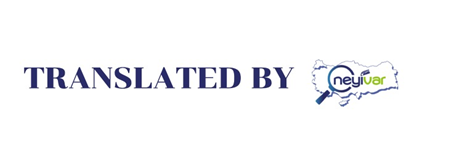
Original text from ci.gov.tr.
